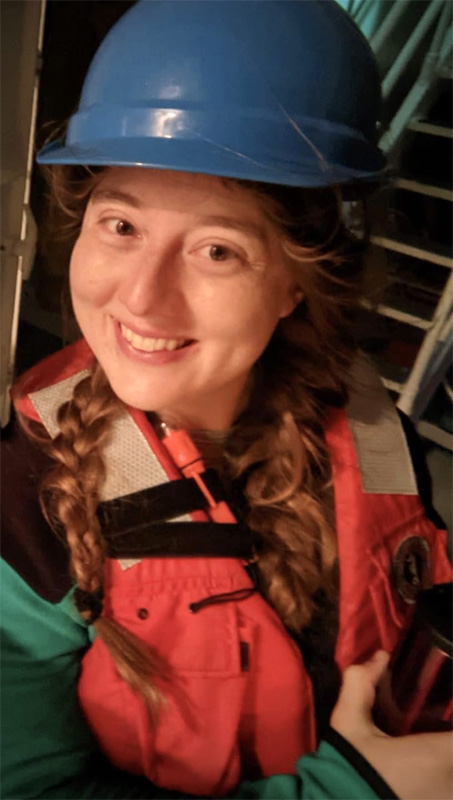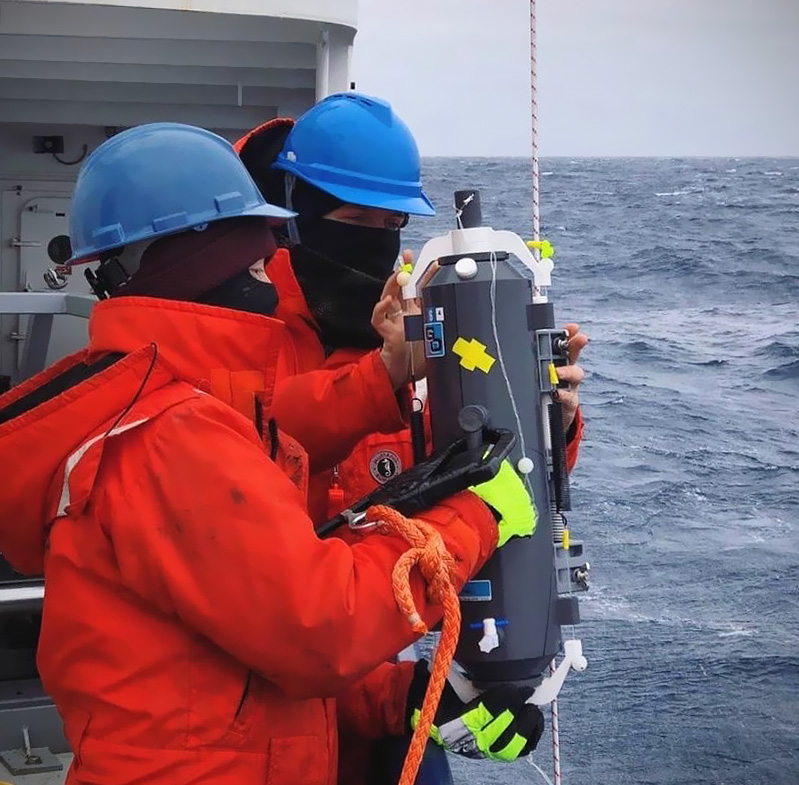Paper in press: Characterizing the controls on the cadmium isotope composition of marine sediments
I’m really pleased to report the publication of a study, led by Logan Tegler (MIT–WHOI Ph.D., 2023), in Geochimica et Cosmochimca Acta, titled “Refining the roles of productivity, redox, and remineralization on the cadmium isotope composition of marine sediments.” The study can be accessed for free until May 23rd, 2024, by clicking this link; after that date, please contact one of the authors for a PDF.
Cadmium shows a nutrient-like distribution in the oceans, though its biological role remains unclear. Closely associated with dissolved phosphate, cadmium serves as a widely used proxy for nutrient levels. Recently, cadmium isotope analysis has emerged as a potential tracer of nutrient utilization, similar to nitrogen or silicon isotopes. However, its effectiveness in marine sediments requires verification across diverse modern environments. Moreover, several factors may influence the cadmium isotope composition buried in sediments. Evidence suggests that cadmium can precipitate from seawater due to redox reactions, forming minerals like sulfides that settle on the seafloor. This could complicate interpreting past nutrient utilization from sedimentary cadmium isotope data. Additionally, the cadmium isotope composition of sinking organic matter might change as it travels through the water column due to factors like redox processes, selective remineralization, or the activity of heterotrophs.
To explore these influences, we measured cadmium isotope compositions in recent sediments from various oceanographic settings, alongside four profiles of sinking and suspended particulate matter from the Southern Ocean. Our investigation revealed three key findings related to redox conditions, productivity, and remineralization.
First, within the Peruvian oxygen-minimum zone, sedimentary cadmium reflects a mix of cadmium from benthic sulfide precipitation and cadmium associated with sinking organic matter. The cadmium isotope composition of these sediments appears sensitive to the relative contributions of these sources, likely due to their distinct isotope signatures. While benthic sulfide precipitation is significant here, it seems less prevalent in other oxygen-minimum zones and has minimal impact on the global marine cadmium cycle.
Second, outside oxygen-minimum zones, the amount of cadmium deposited in sediments primarily depends on the amount of organic matter reaching the seafloor. This cadmium exhibits a wide range of isotopic compositions. Interestingly, it shows a positive correlation with surface water cadmium concentrations and a negative correlation with bottom-water oxygen levels. The latter correlation suggests that organic matter remineralization might play a role in determining the cadmium isotope composition of marine sediments.
Third, significant variations in the cadmium isotope composition of sinking and suspended organic matter were observed in the Southern Ocean. These patterns resemble those seen in oxygen-minimum zones, suggesting that variations are more likely to be linked to remineralization in the water column ratherthan low oxygen levels. However, the impact of these processes on the cadmium isotope composition reaching the sediment remains unclear.
Overall, our findings demonstrate that multiple factors, including bottom-water redox conditions, organic matter delivery, and regional water properties, influence the Cd isotope composition of modern marine sediments. Therefore, reconstructing past nutrient utilization solely from ancient sedimentary cadmium isotope data might be challenging. However, by further refining the relationships observed between surface-water cadmium concentrations and bottom-water oxygen levels, sedimentary cadmium isotopes could become a valuable proxy for these variables.
Full citation: Tegler, L.A., S.G. Nielsen, Y. Wang, F. Scholz, J.D. Owens, L. Peterson, M.E. Auro, C.W. Kinsley, P.J. Lam, and T.J. Horner (2024). Refining the roles of productivity, redox, and remineralization on the cadmium isotope composition of marine sediments. Geochimica et Cosmochimica Acta, 372, 134-153, doi:10.1016/j.gca.2024.03.010.

The lead author of the study, Logan Tegler, during an expedition to the Southern Ocean

Logan Tegler (L) and Jule Middleton (R) attach a Nisken bottle to the hydrowire during RR2004
